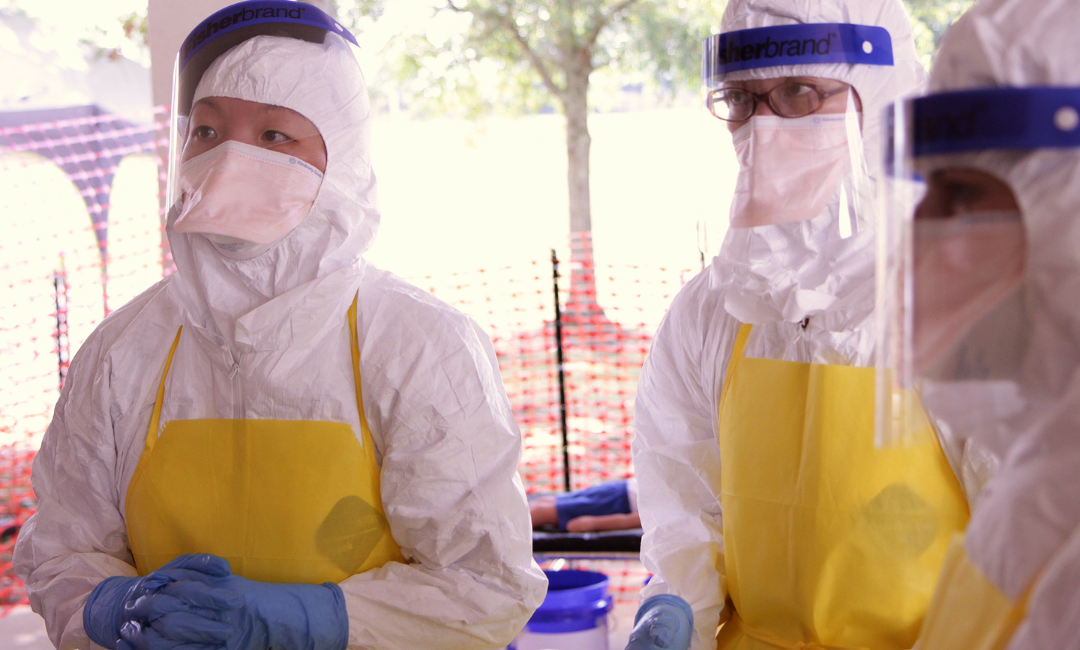On September 25th, UW Health’s CEO emailed a statement to all hospital employees stating that these complaints “were explicitly tied to demands for compensation” and that nurses “have so far refused to share” the cited patient safety issues. He also stated that the use of the hospital’s internal reporting system had increased by 24% compared to the previous year, showcasing a shared commitment to patient safety.
Not all nurses agreed with this sentiment. Mary Jorgensen, a UW Nurses United Leader, said, “The internal reporting system in the hospital doesn’t do anything.”
Additionally, a 14-page summary was emailed to UW Hospital’s employees 21 minutes prior to the CEO’s statement. This summary included dozens of anecdotes and descriptions related to the risk to patient safety forms collected by UW Health’s chief compliance officer.
Turnover
This disagreement between hospital administration and nurses extends to nurse turnover rates. The hospital claims that its operating room sees a turnover rate of 9.9%, against union nurses reporting a 23% turnover rate.
Nurses also describe an overall loss in experienced nurses, with one Rose Askevold stating she was assigned to train a brand-new nurse immediately after her own orientation in the surgical department. Askevold also describes “nurses with just a year or so of experience being assigned the role of charge nurse, meaning they’re responsible for the entire surgical department for a Level 1 Trauma Center.”
Charge nurses are typically strong leaders able to manage entire teams in stressful environments. These nurses need experience to create patient assignments accurately and coordinate care for the entire unit.
Sara Booth, an OR nurse at UW Health, describes the stress of having to work both inside and outside the sterile field during surgery with two inexperienced nurses. “The surgeons are very aware. They direct their attention (and requests) to the nurse they are most familiar with. Even though the surgeon asks a nurse outside the sterile field to perform a task, she is really telling me to tell her to do it right now.”
It was after this surgery that prompted Nurse Booth to file a risk to patient safety form. She shouldn’t be made to split her attention away from a patient and surgeon to prompt other nurses.
Save Our Shift Nurses (SOS)
At UW Health, a group of emergency response nurses are able to float between any unit in the hospital to fill staffing gaps. This team is known as the SOS nurses and is considered crucial to the overall patient outcomes at the hospital.
The union is hoping to expand this program but fears the hospital’s new groups of critical care nurses will replace the SOS nurses, “taking a giant step backwards on patient safety and quality of care.”









